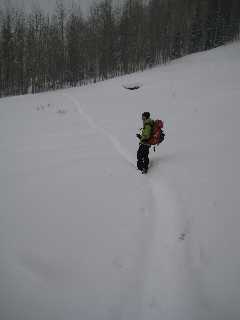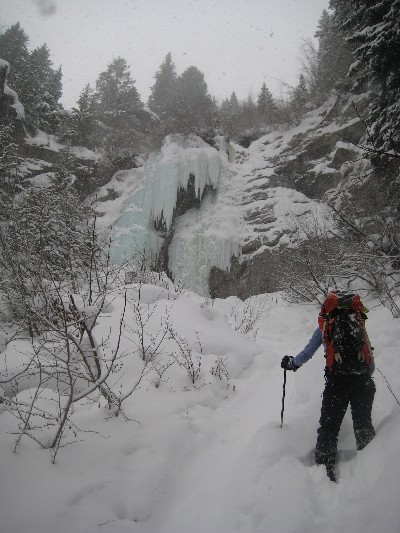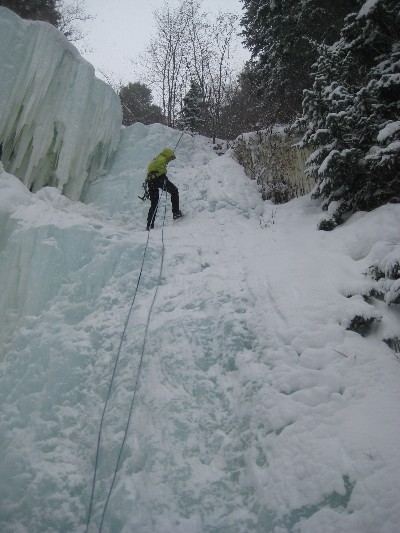Here in Vail, Colorado, avalanches are beyond myth and imagination; they’re a reality. I’m most concerned about avalanches when skiing, but hikers, snowshoers, and snowmobilers–as well as anyone venturing out in avalanche terrain–should be aware of avalanche risk and experienced enough to use essential avalanche gear, such as a beacon, a shovel, and a probe.
What does a big avalanche look like? Here’s footage of a Colorado avalanche survivor who successfully deployed a BCA avalanche airpack:
This next one makes me feel sick to the stomach…a very close call in which a skier in the 2013 Swatch Skiers Cup does a backflip at the same time an avalanche is roaring up behind him:
In both of these situations, the skiers ended up on top or in front of the avalanche. But most victims aren’t so lucky.
Wondering what you should do if you’re the victim in an avalanche?
Read my article on the About.com Survival Skills website:
“How to Survive an Avalanche”







